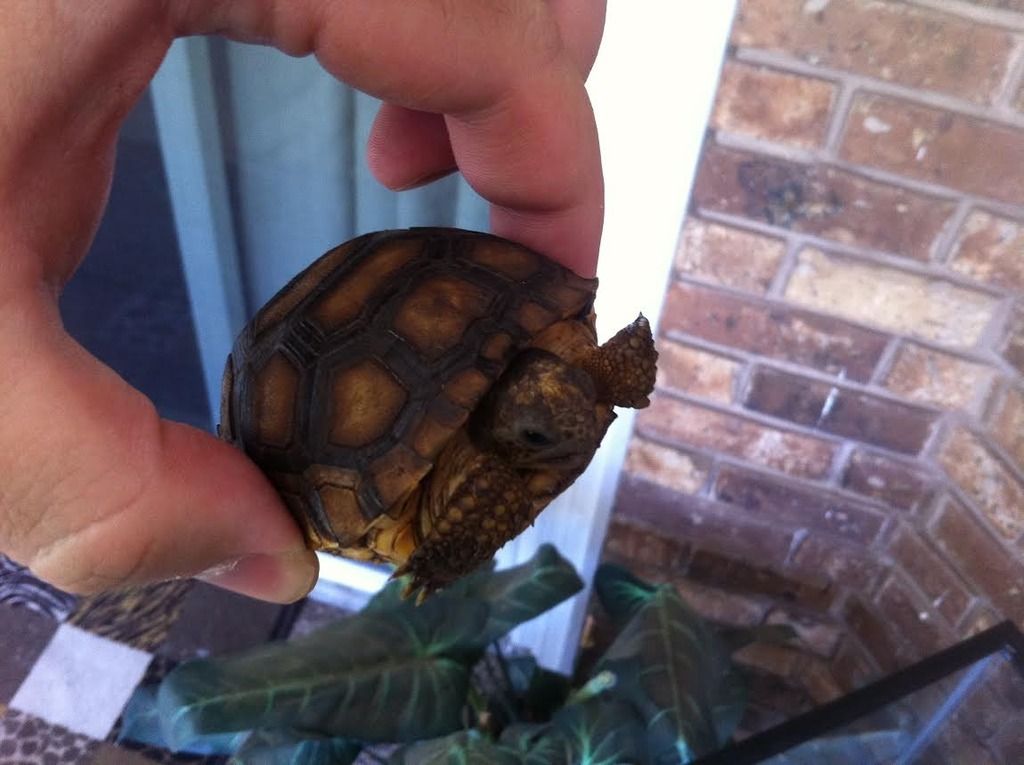boxraddict
Member
I live in warm sunny Central Florida, I am wondering if I can setup a box turtle setup on my back porch that has plenty of windows that can be opened up allowing him/her direct sunlight.
Please tell me I can do this, and using a 75 gallon aquarium, I know rubbermaid bins also allowed but can I do a setup on the back porch with a 75 gallon for one box turtle?
if so what kind of setup be ideal that is substrate, possible heat lamp for when it gets colder, etc.
Please tell me I can do this, and using a 75 gallon aquarium, I know rubbermaid bins also allowed but can I do a setup on the back porch with a 75 gallon for one box turtle?
if so what kind of setup be ideal that is substrate, possible heat lamp for when it gets colder, etc.

